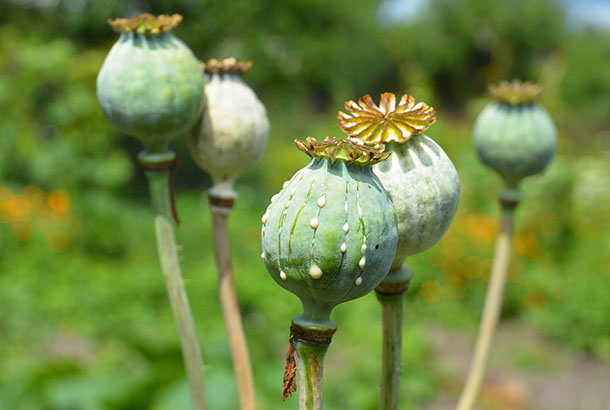
What are the unani benefits, side effects and dosage of Opium?
Opium, also known as Afiyun in Unani medicine, is a potent substance derived from the opium poppy (Papaver somniferum). It contains various alkaloids, including morphine and codeine, which have powerful effects on the central nervous system. However, it’s important to note that opium is a controlled substance and its use should only be under strict medical supervision. Here’s some general information about opium:
Benefits of Opium in Unani Medicine
Opium has historically been used in Unani medicine for its analgesic (pain-relieving) properties. It may be prescribed for certain conditions, such as severe pain or as a sedative, under strict medical supervision.
Side Effects of Opium
Opium is a highly potent substance with the potential for numerous side effects and risks. These can include:
-
Physical Side Effects:
– Respiratory depression (slowed breathing)
– Constipation
– Nausea and vomiting
– Drowsiness or sedation
– Decreased heart rate and blood pressure
– Itchiness and skin rash
– Dry mouth
– Urinary retention
-
Psychological Side Effects
– Euphoria or feelings of extreme happiness
– Confusion or disorientation
– Cognitive impairment
– Dependence or addiction
– Psychological disturbances, including hallucinations or delusions
Overdose or misuse of opium can be life-threatening, leading to severe respiratory depression or even death. Long-term use of opium can result in physical and psychological dependence.
Dosage
The dosage of opium and its derivatives should only be determined by a qualified healthcare professional. It is crucial to adhere to the prescribed dosage and frequency to minimize the risk of adverse effects and dependence. Self-administration or recreational use of opium is illegal and highly dangerous.
Ingredients and Composition of Opium
Opium contains various alkaloids, with morphine being the primary active compound. Here are some of the key alkaloids found in opium:
|
Compound |
Percentage Range |
|
Morphine |
10-20% |
|
Codeine |
0.7-2.5% |
|
Thebaine |
0.2-0.5% |
|
Papaverine |
1-2% |
|
Noscapine |
4-8% |
|
Narcotine |
3-8% |
|
Papaverine |
1-2% |
Please note that these percentages are approximate and can vary depending on the quality and source of the opium.
It’s essential to emphasize that opium is a controlled substance due to its potential for misuse, addiction, and severe side effects. The use of opium should be strictly regulated by medical professionals in controlled settings.
If you have any concerns about pain management or any related conditions, it’s crucial to consult with a qualified healthcare professional who can provide appropriate guidance and prescribe safe and effective alternatives.

Leave a Reply